For those who don’t know what Wainscoting is – it is those frame type shapes that are stuck on walls and painted, just Google and it will show you or look at the title picture of this post (courtesy Pinterest)
What is interesting is that YouTube is full of DIY Wainscoting Videos from Europe & the US that show the panels and rails directly nailed to the walls. Folks here in India follow suit not realizing that “their” walls are made of wood while “ours” are cement.
In India if you ask a Carpenter versus a Painter on how best to do Wainscoting, each will give you a different answer. I have seen Carpenters in Bangalore doing it by the YouTube method added with their own innovation – they nail “Teak Beading” directly to the walls — nightmare for the painter as then he has to ensure that the join between the wall and the wood does not crack, in addition, filling those pinholes because of nailing the beading is no easy task. The painters on the other hand might tell you to do it in Veneer finish as that is something that they are most comfortable in, but then you lose out on the versatility of Wainscot to match a variety of design themes.
So, should one use Wainscoting or not? And if yes then what is the best way to apply it within the constraints thrown up by conditions in India and manpower that is not trained to do it. This is what we shall discuss in the blog post today – step by step and question by question. By the end of it if there are any questions still unanswered then feel free to leave a comment & I shall revert.
Q1: What is Wainscoting? & Why is it gaining so much traction nowadays?
Ans: Fundamentally Wainscoting is wooden panels running from floor till about 3 feet height on the walls. The Panel design can be anything. In olden times in Europe (from where this trend originated) Wainscoting was a way to protect the walls and to keep the home warm and cosy. Why is it gaining so much traction? Frankly, God knows. It is like any other Interior Design trend that comes along and gets everyone hooked.
Q2: Should you consider Wainscoting for your home or office?
Ans: Wainscot walls if done right give a very classy look that can be aligned both to a Contemporary or Traditional Interior Design Theme, hence if you like it AND if you have a large sized space then YES absolutely go for it. Do remember though that Wainscot gets embellished in large spaces. If you do it in a small room, the space may look even smaller, in addition, with all the furniture the Wainscot might not even be visible. Also understand that any speciality finish on walls is always a passing trend – for e.g. wall stickers became a trend some time back, hence be mentally ready to remove the wainscot in your next home or office refurb.
Q3: Are there any restrictions or places where Wainscoting should be avoided
Ans: Yes, make sure that the wall where you are planning Wainscoting does not have any dampness nor is it a wall that is prone to get damp in the future – like external facing walls in a poor-quality construction (unfortunately most Bangalore apartments fall in this category 😊). Any dampness in the wall will spoil the Wainscot finish in a few months.
Q4: How much does Wainscoting Cost? Is the cost prohibitive?
Ans: Wainscoting costs no more than any other form of wall panelling. It is just a Wooden/ MDF panel with good quality paint on top. The Workmanship however will cost you more than regular painting as it is more intricate.
Q5: Can Wainscoting be done by directly nailing the Beading (Called Rails) on the walls? What is the best way to install a Wainscot Panel for Indian Conditions?
Ans: Do not nail the Rails directly on to the walls. Due to the difference in the base material the paint will crack in places where the wood (of the rail) meets the wall. Instead, install a Base Panel and PASTE (not Nail) the Bottom, Middle and the Cap Rails to the Base Panel. The Rails can be wooden or in WPC (Wood Plastic Composite). The Base Panel should be HDHMR (Avoid MDF) or WPC Board as these are water resistant. The Base Panel can be joined to the wall with screws. The screw holes should be planned such that they get covered by the Rails to avoid the trouble of filling and finishing the hole.
Q6: What kind of paint should be used for Wainscoting
Ans: You can use regular wall paint on Wainscoting Panels & Rails – preferably the higher range like Royale or equivalent. Depending on the final finish planned even Duco Paint, Enamel (Satin), PU or Melamine Finishes would suit.
That covers it short & sweet. If you have any further questions then do feel free to leave a comment
Signing off
Nandita
PS: A copy of this post is also published on Times of India Online at https://timesofindia.indiatimes.com/blogs/the-culture-of-space/wainscoting-the-latest-trend-in-interior-design-in-india-should-you-follow/
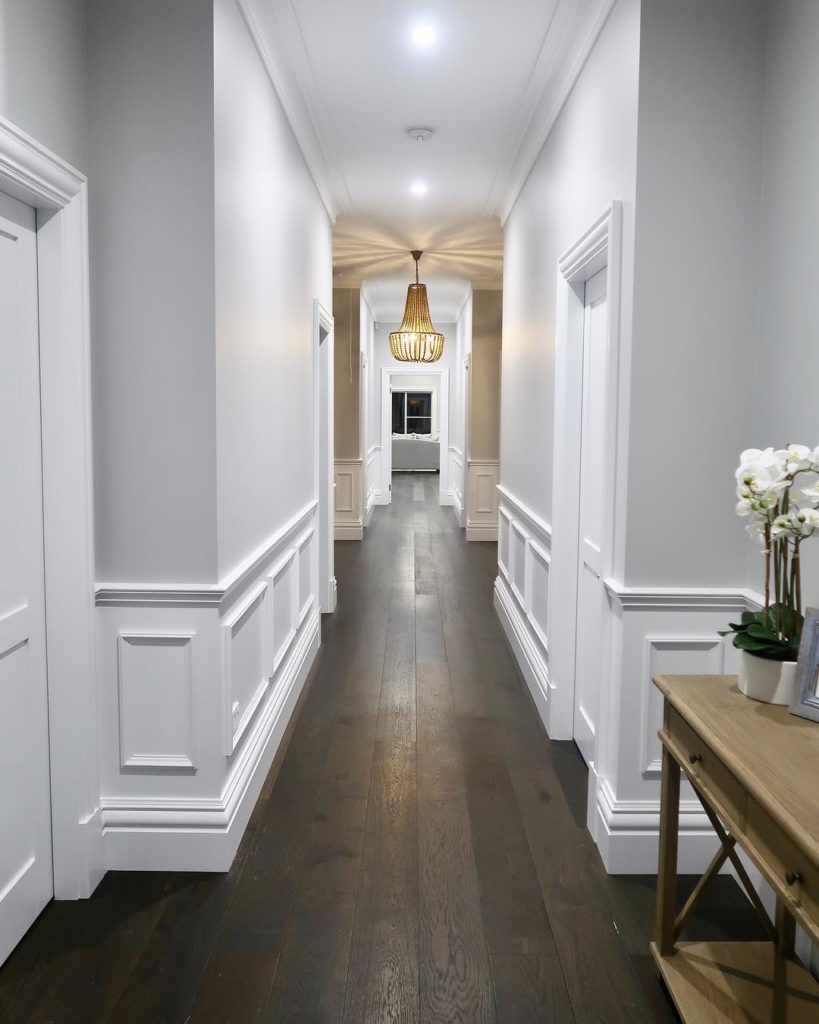
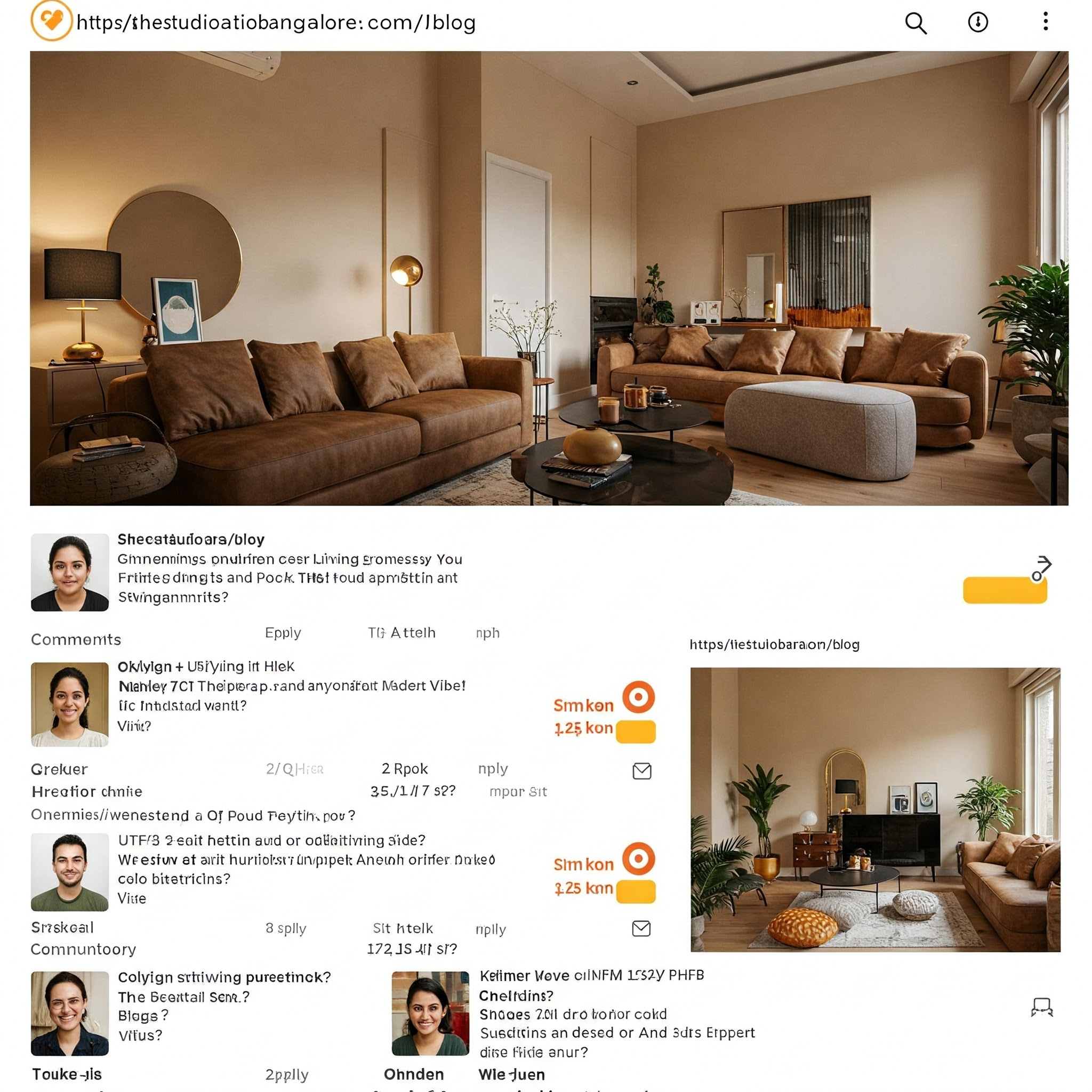
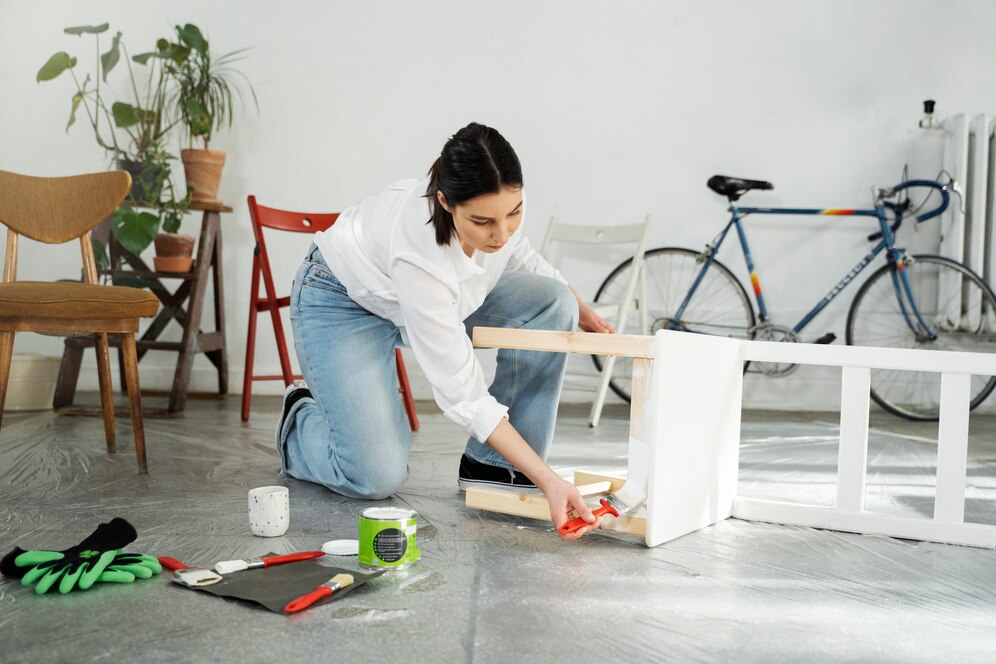
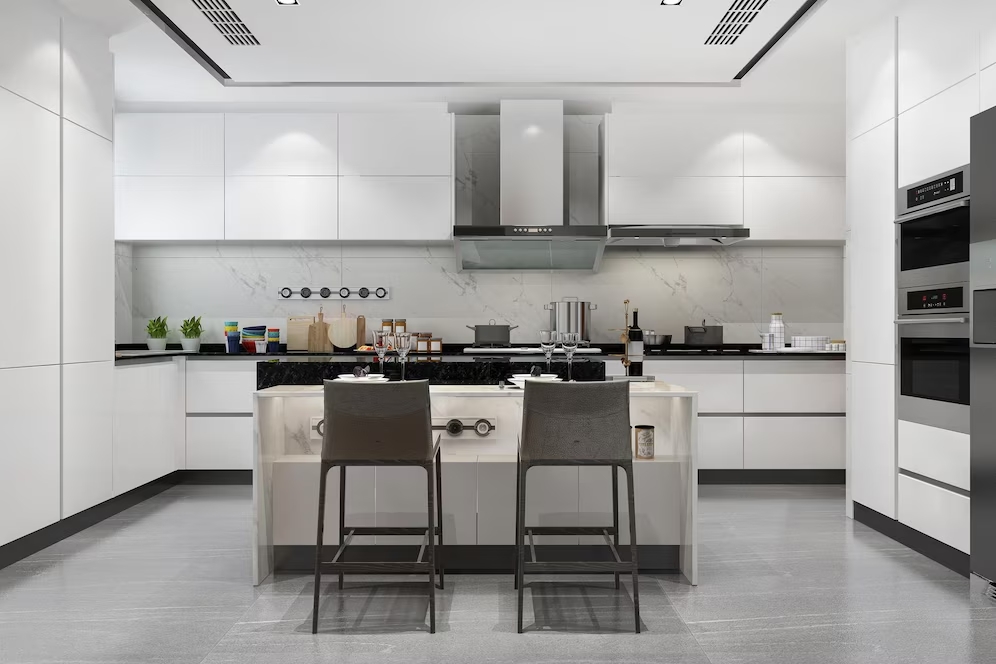

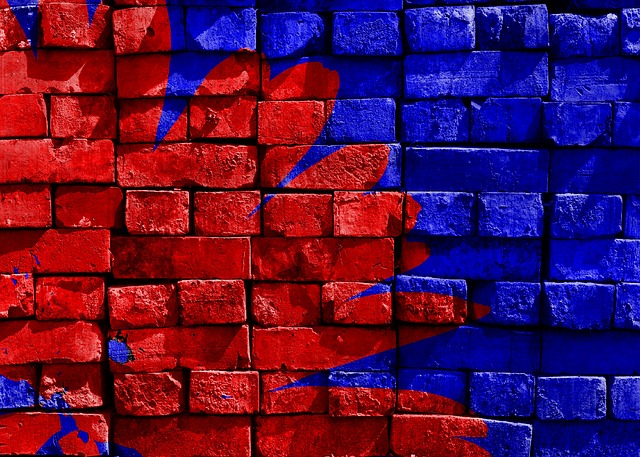
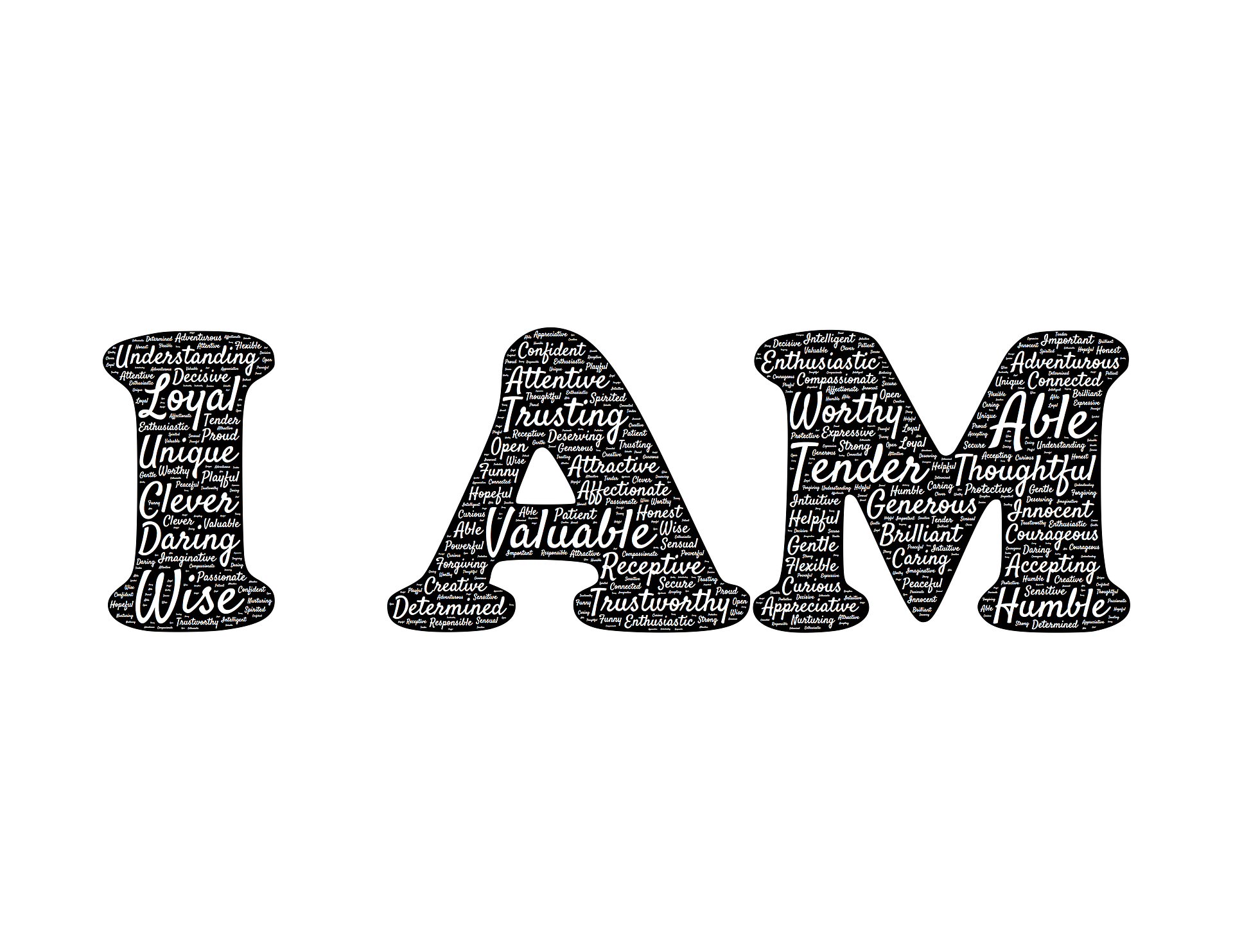
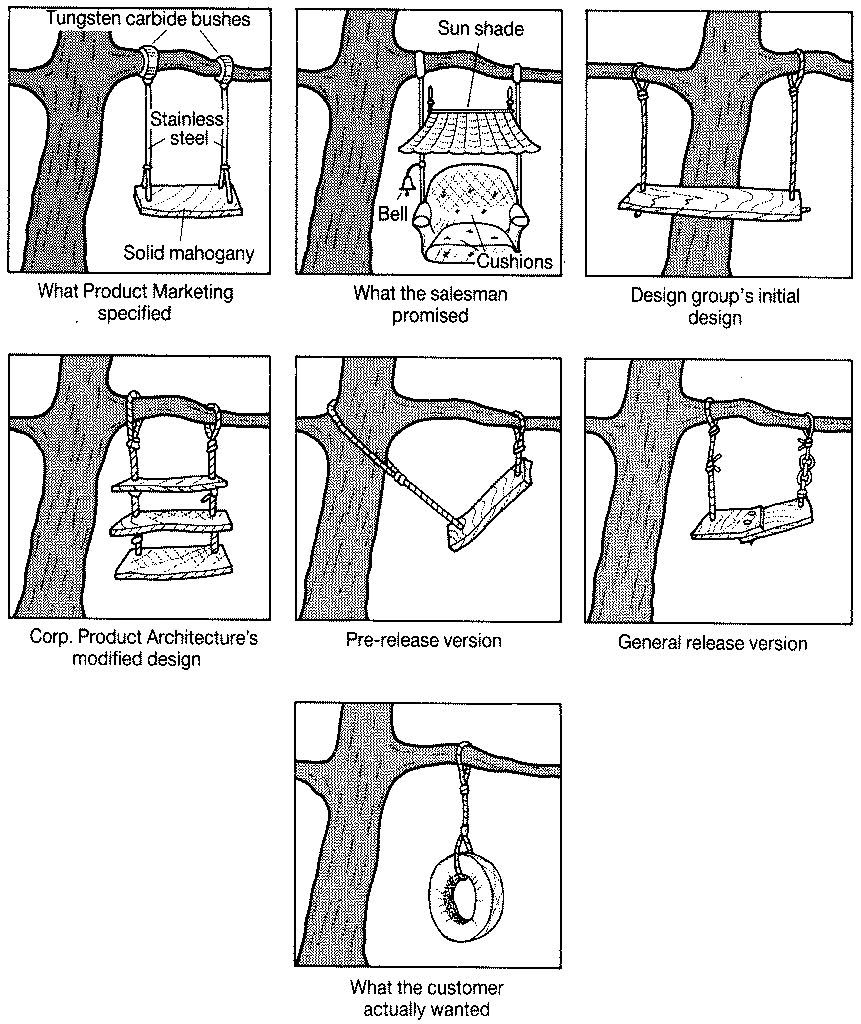

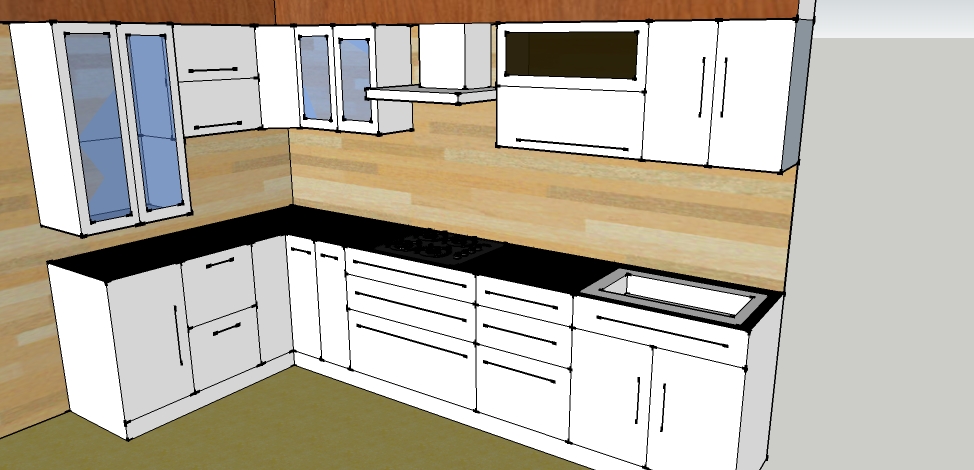

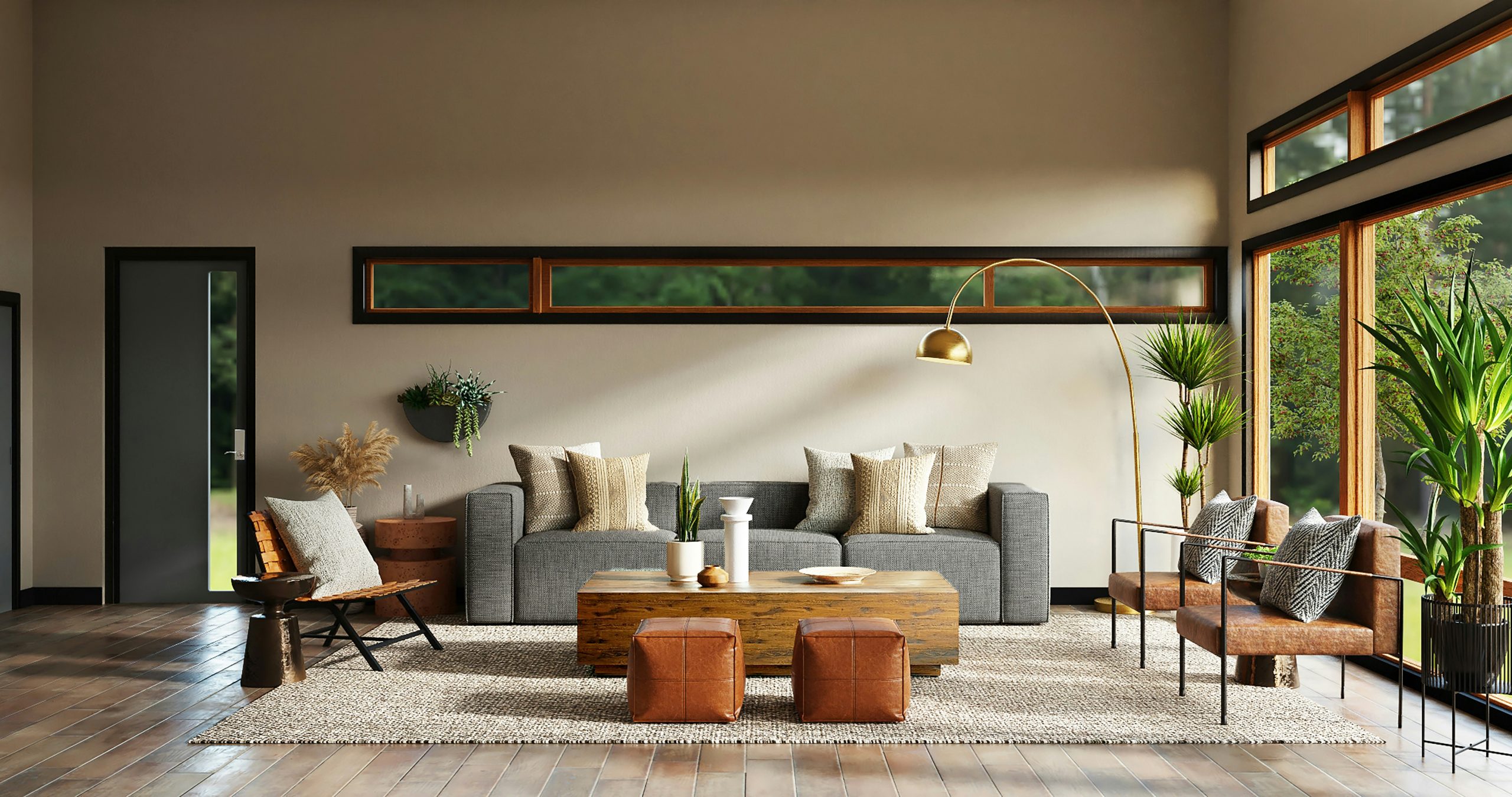
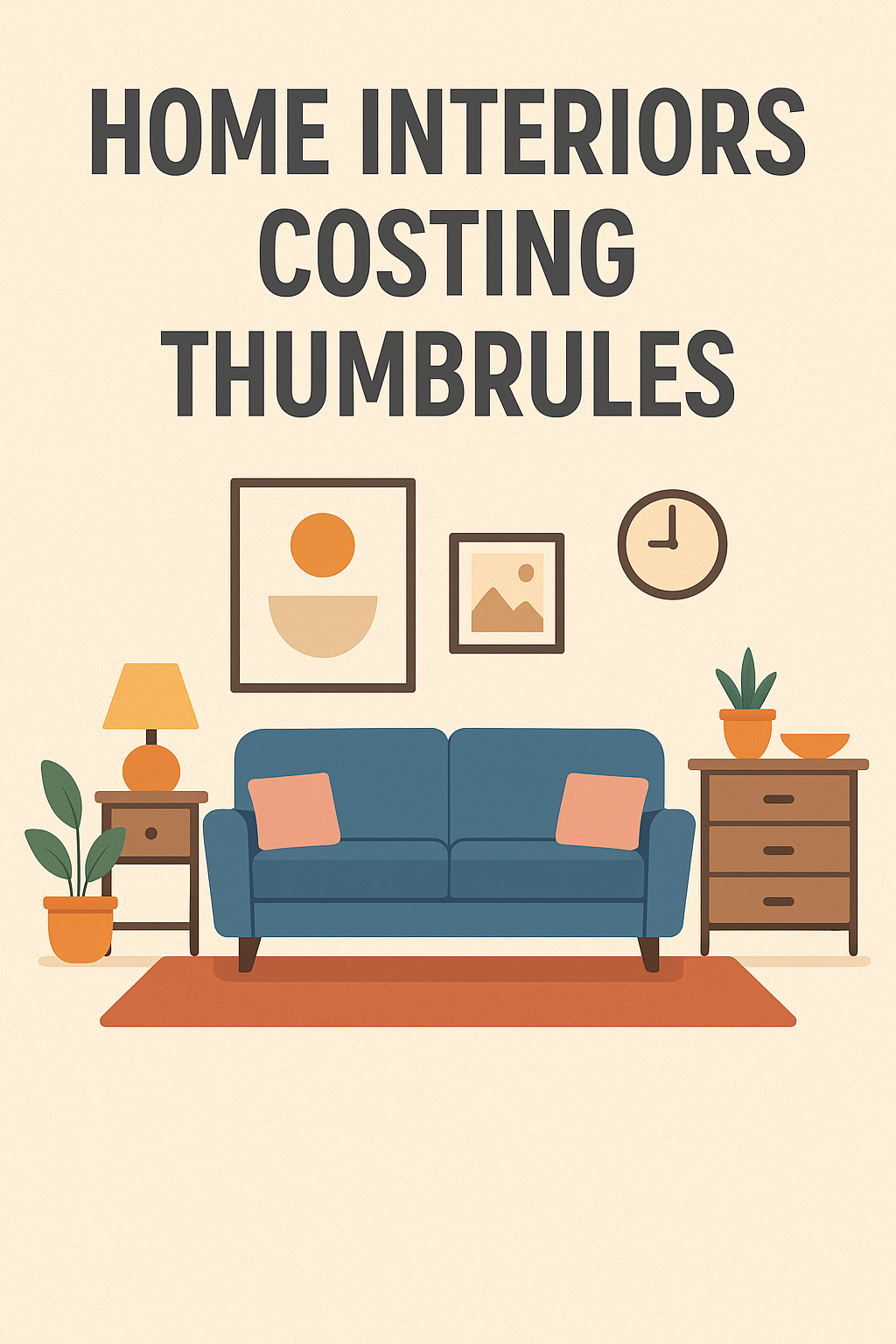

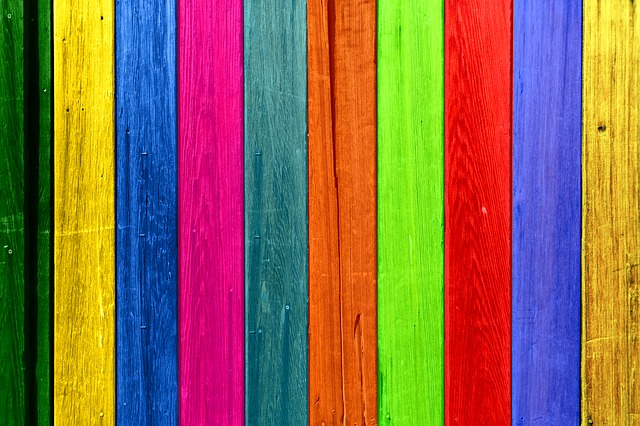
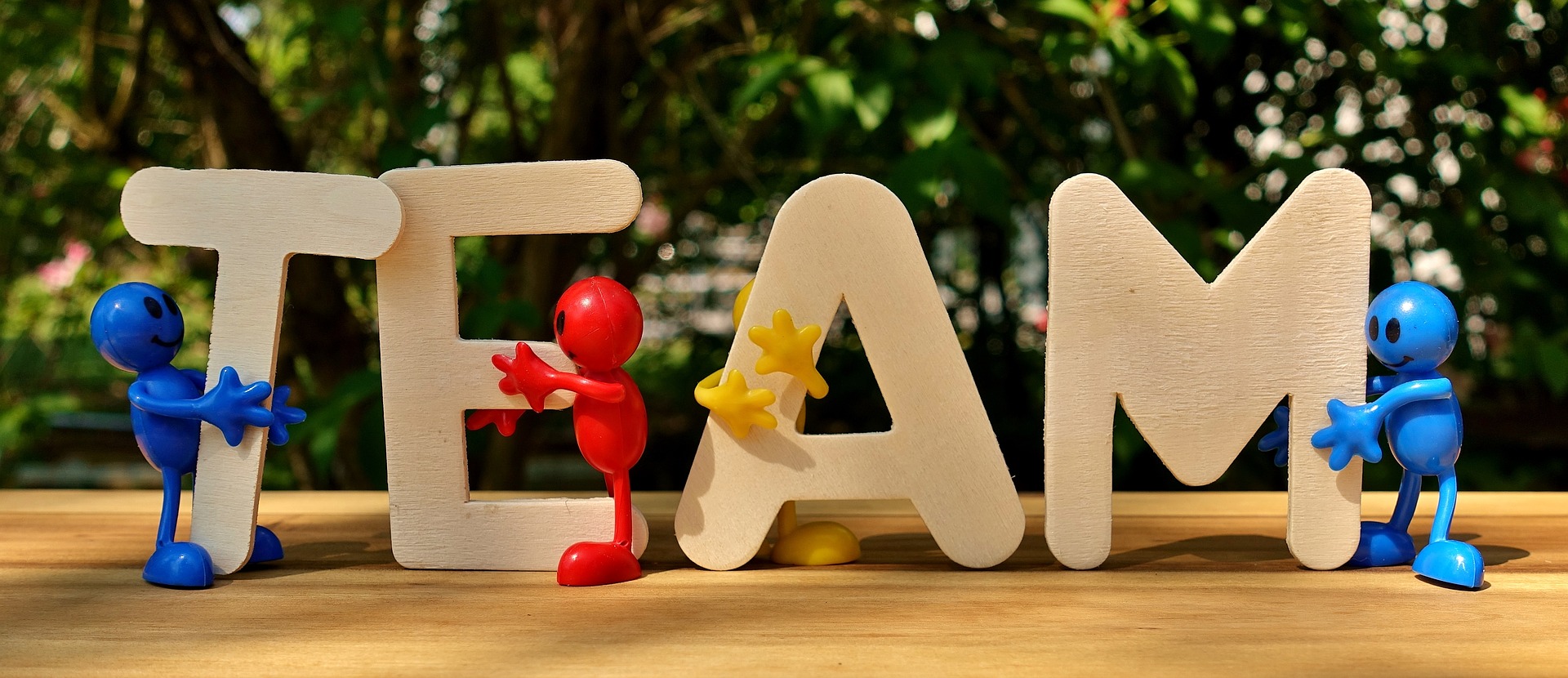
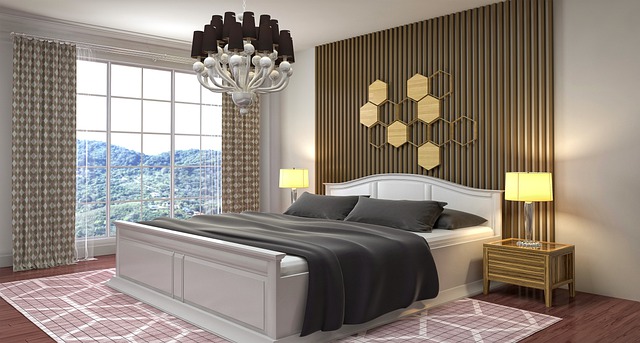

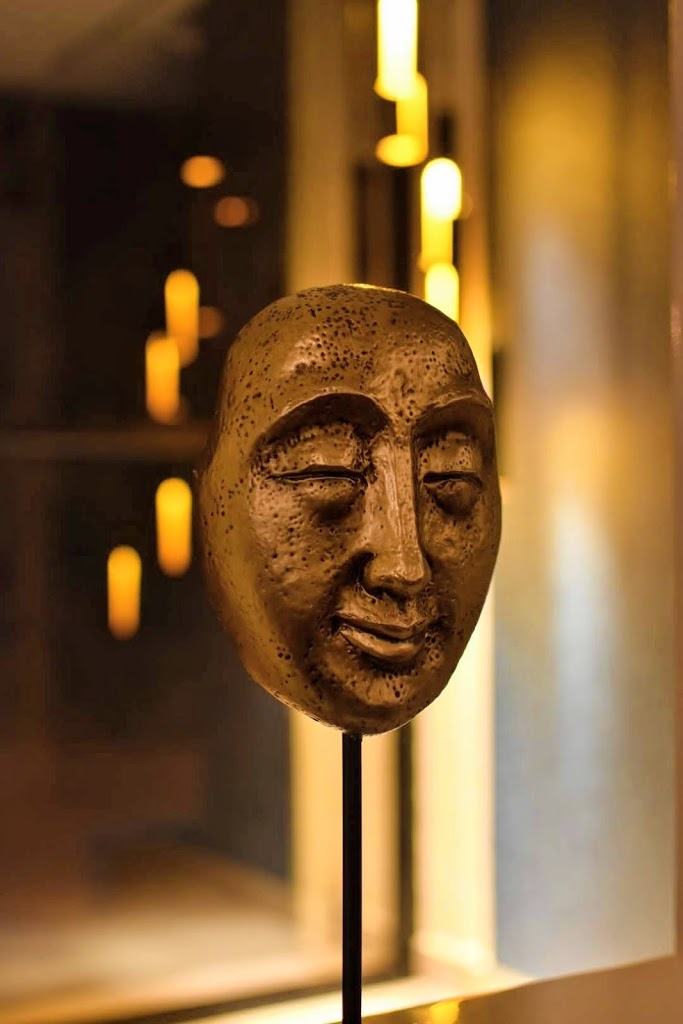

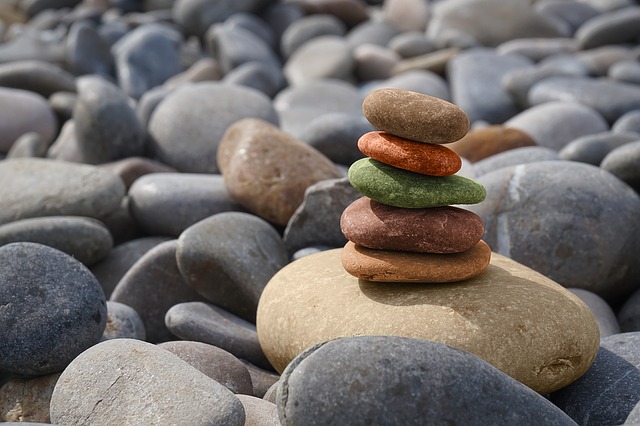
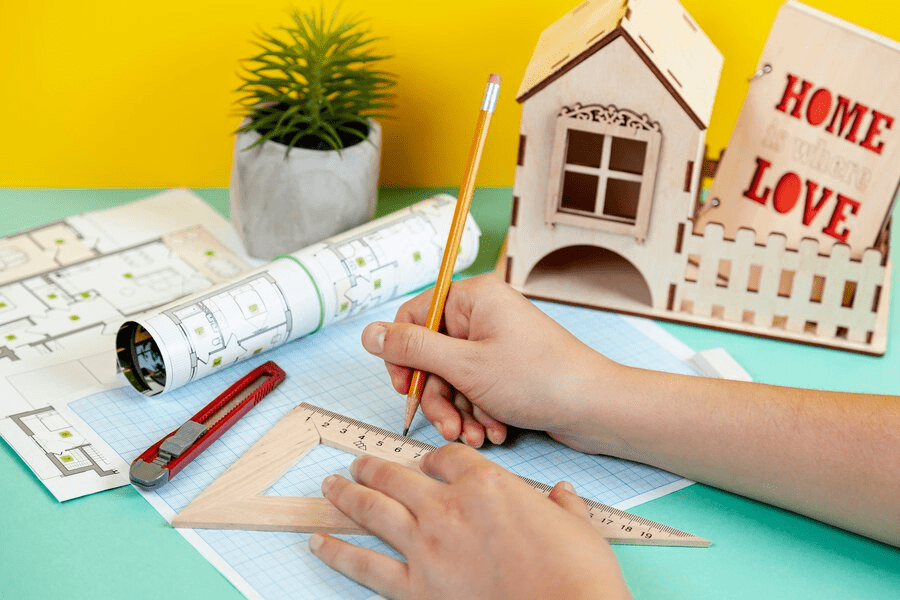
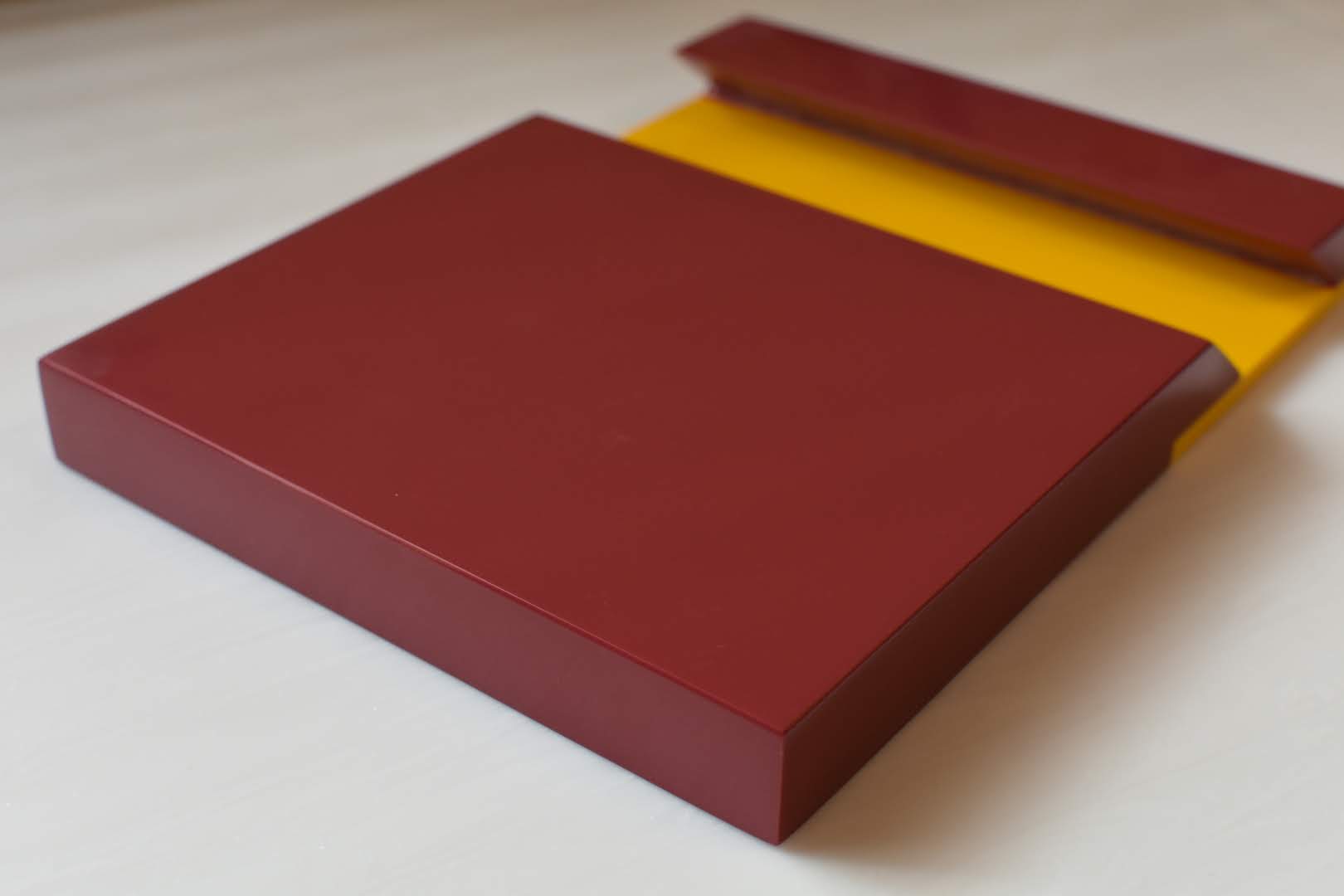
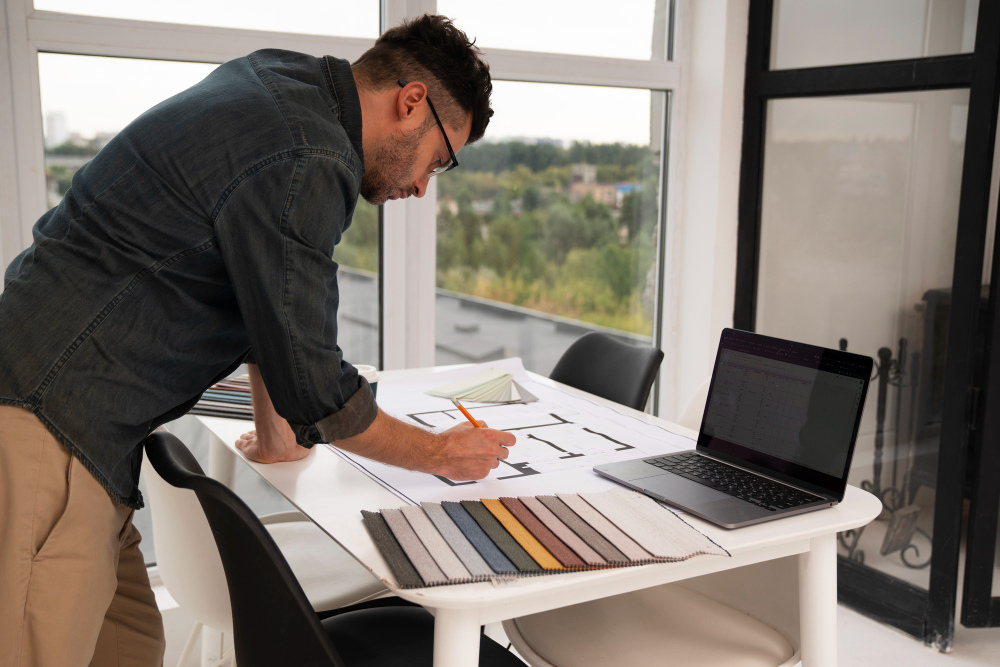

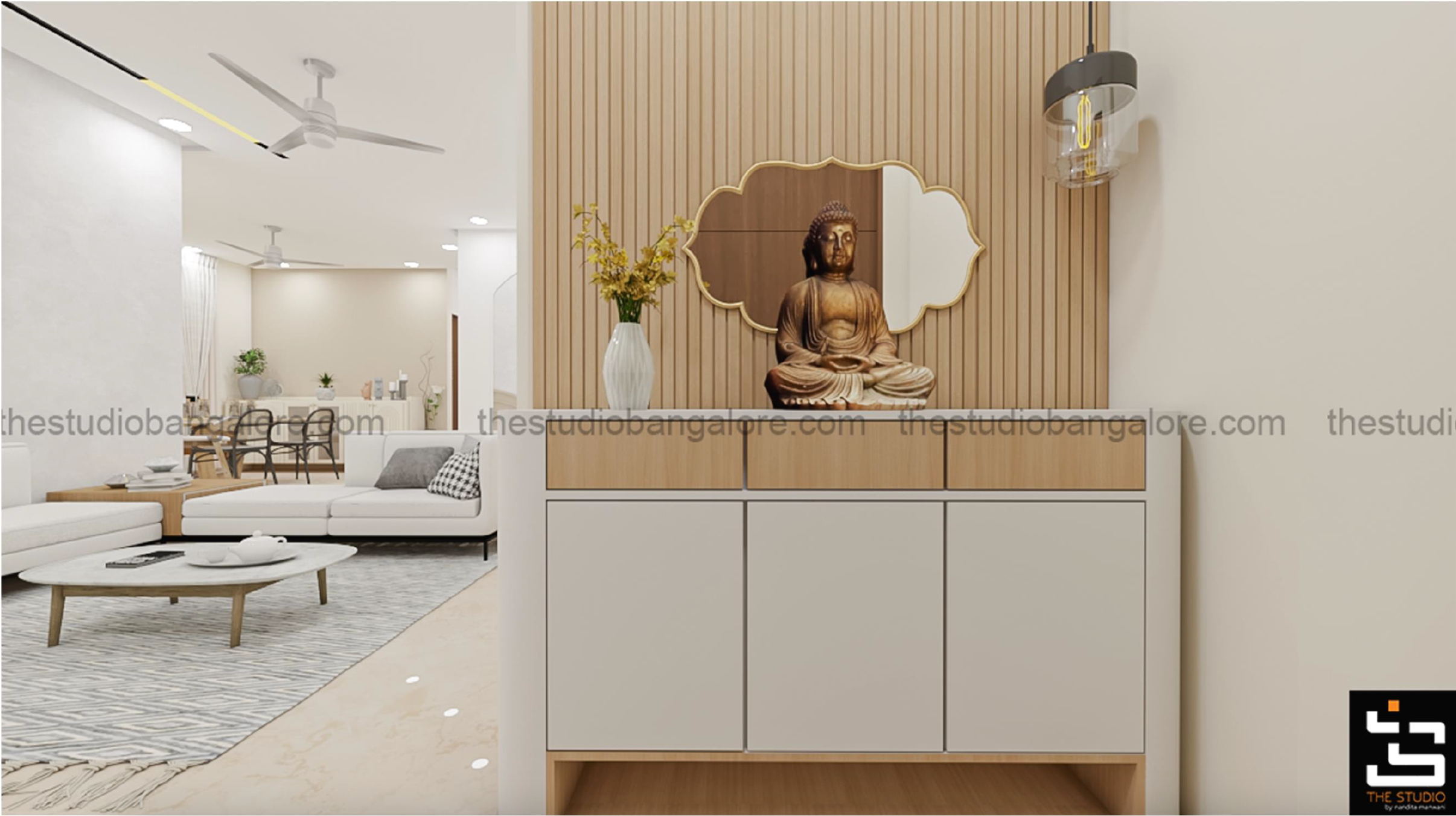


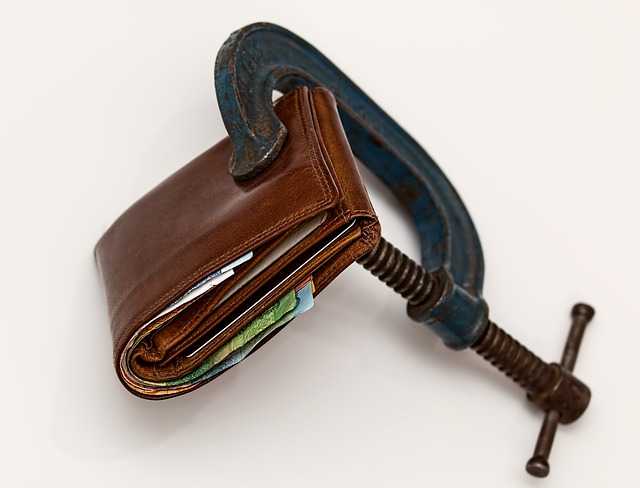
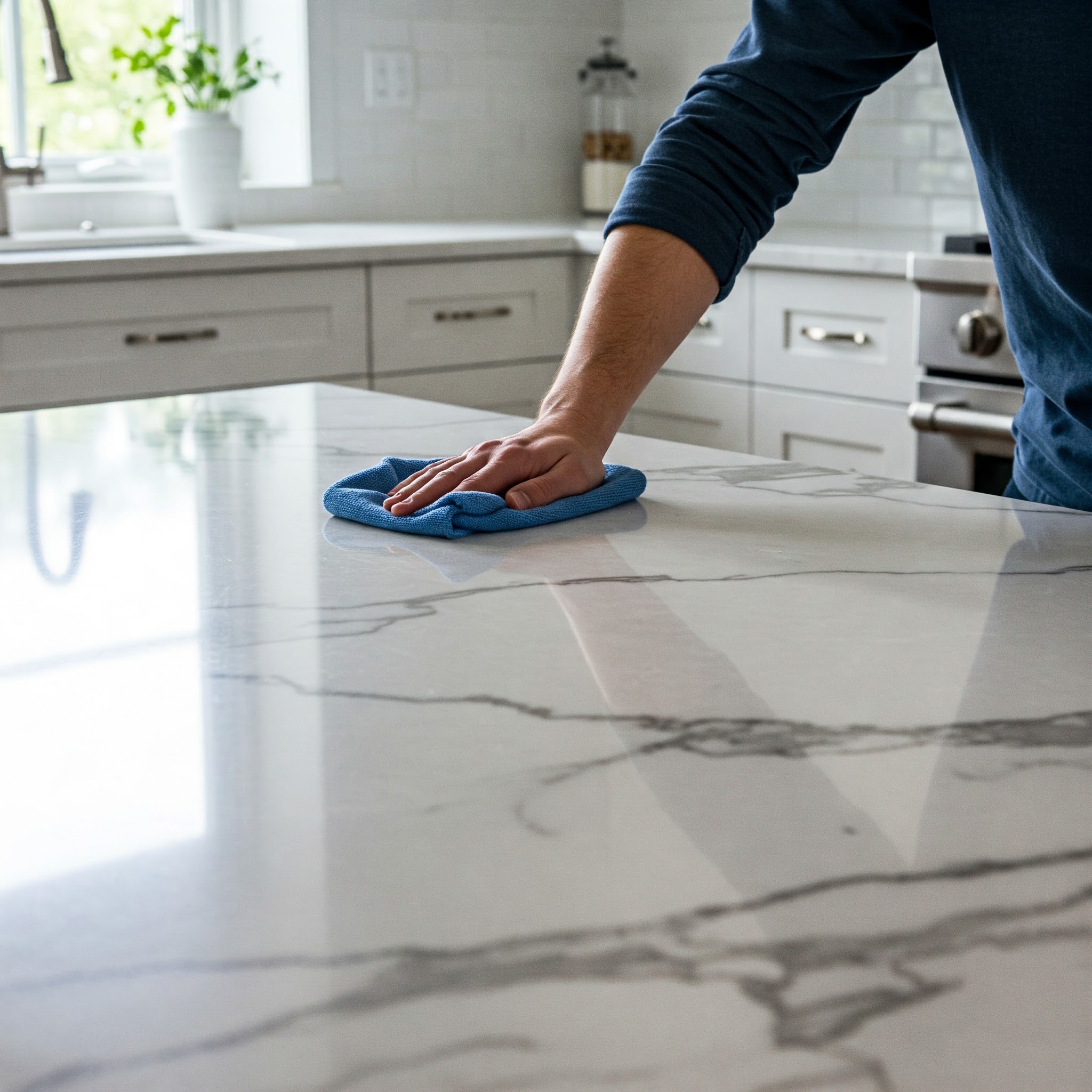

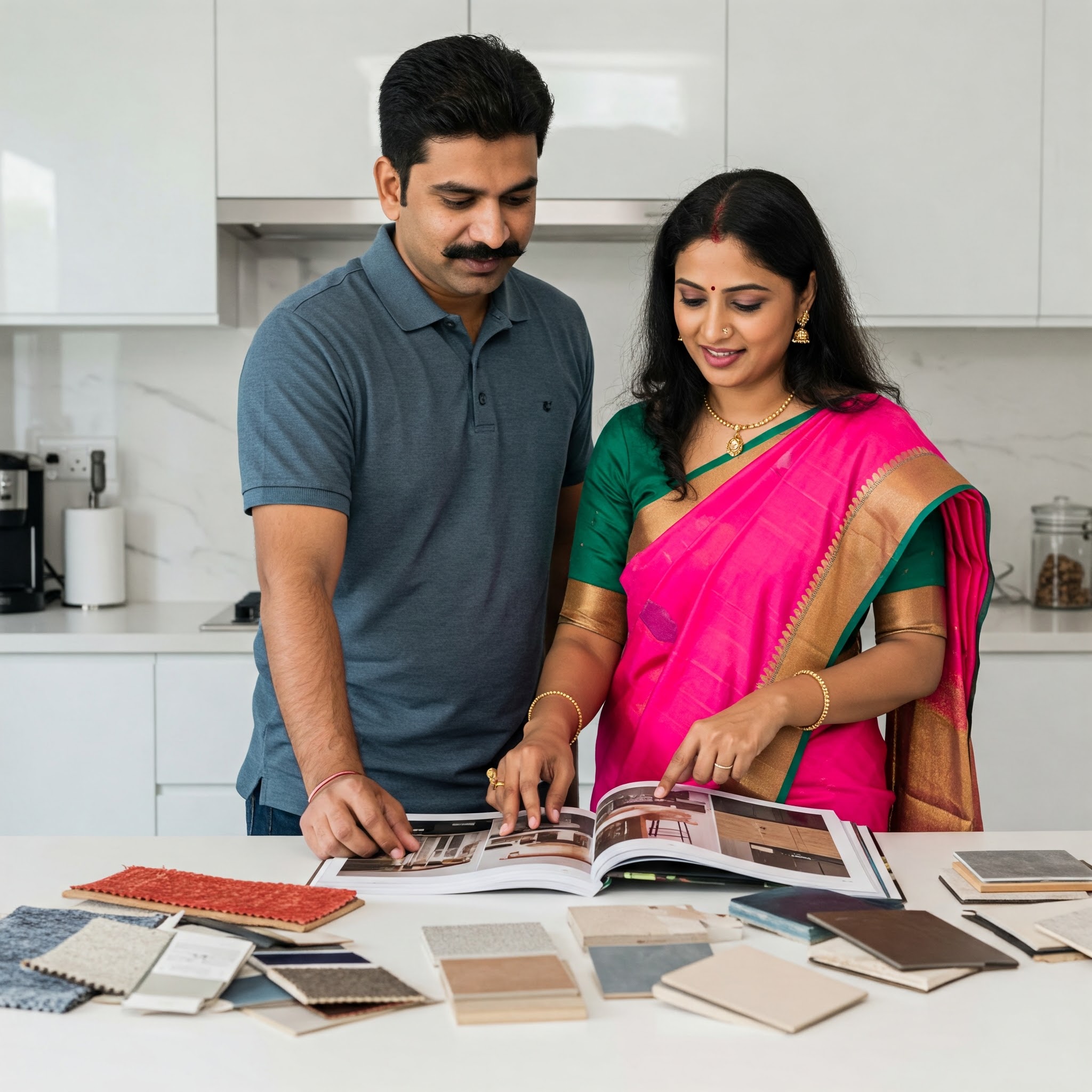

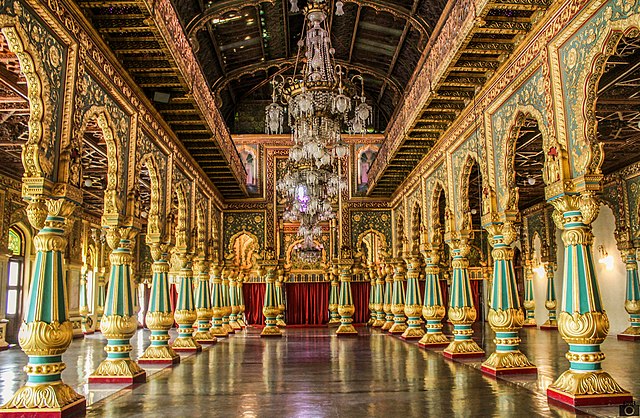
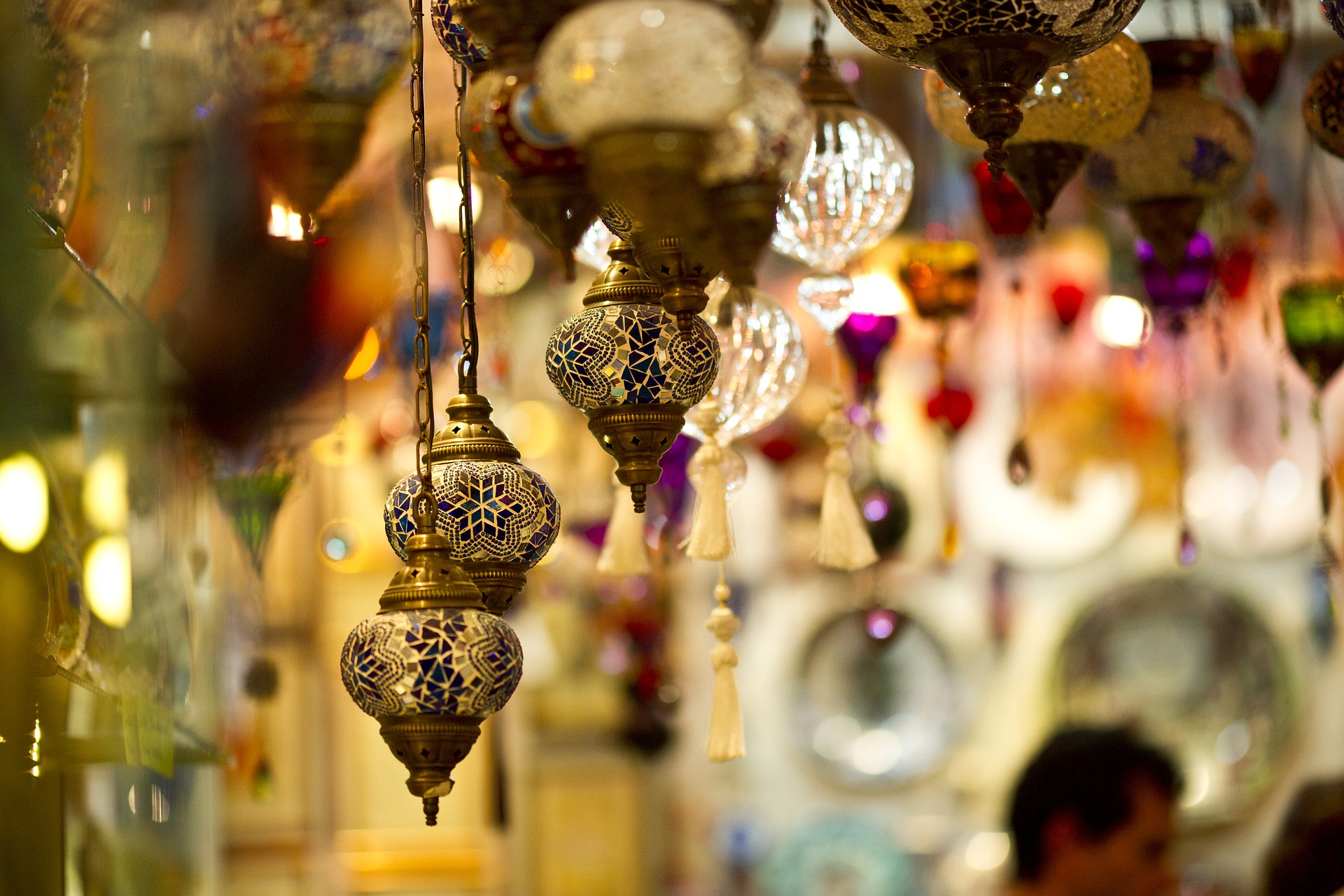
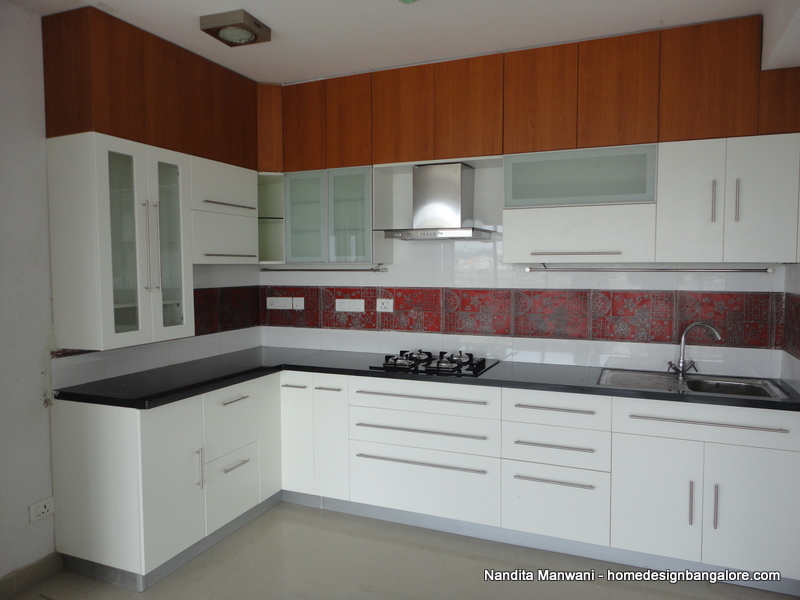







4 thoughts on “Wainscoting: The Latest Trend in Interior Design in India: Should You Follow?”
Are there textured wallpapers available that give the look of wainscoting ??
Not really, the look of wainscoting really comes from the frame, hence it will not be possible for wallpaper to replace it
NM
About wainscoat , can we use ready pop corniche as railing instead of wooden or mdf railings . So that we can reduce cost also painting will not have cracks as u said . Kindly let me know your opinion ?
Yes you can use a PoP Cornice for Wainscoting instead of Wood/ MDF. The only issue is that the designs/ shapes available in PoP are quite restrictive, but if you find ones that suit your design then PoP can absolutely be used